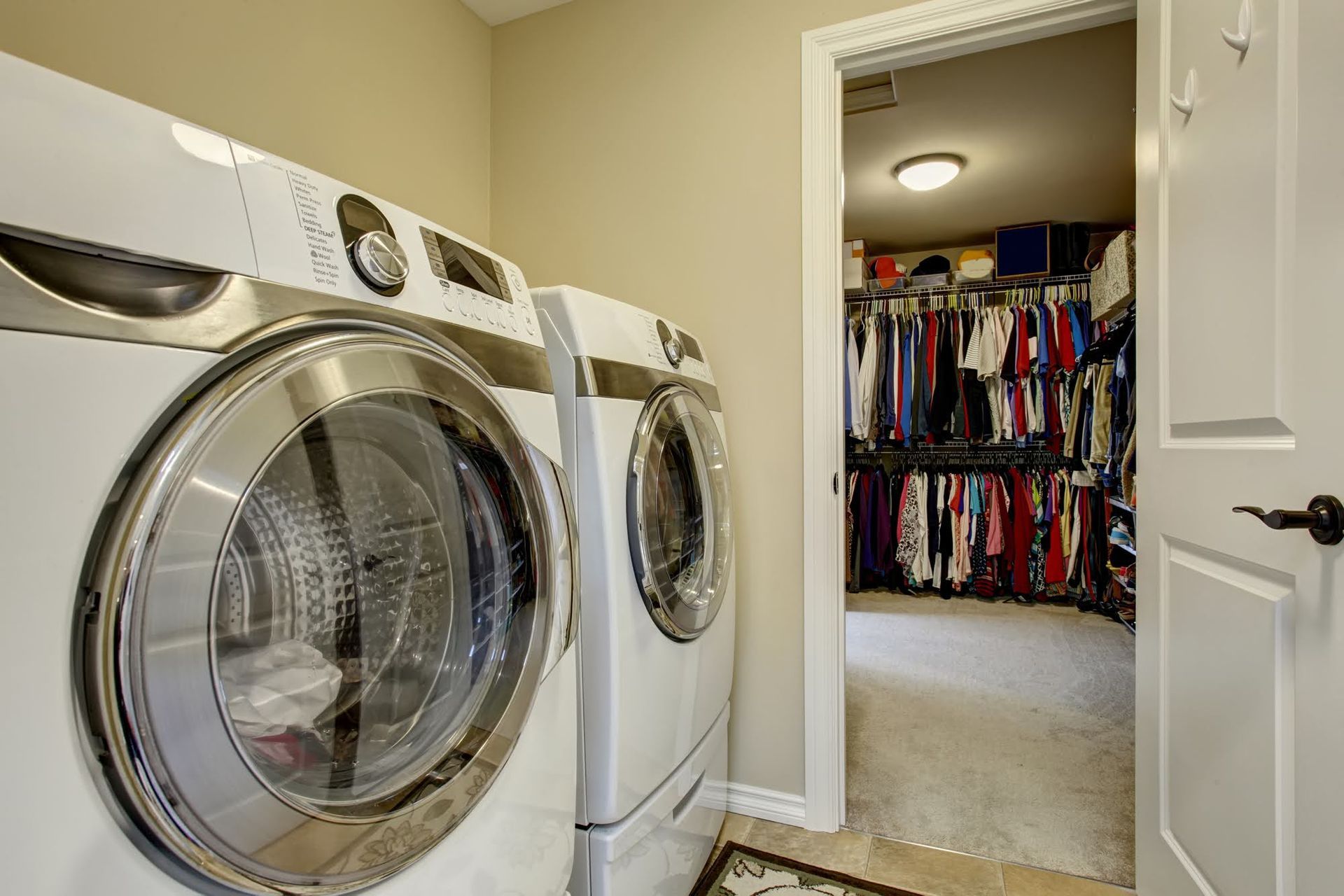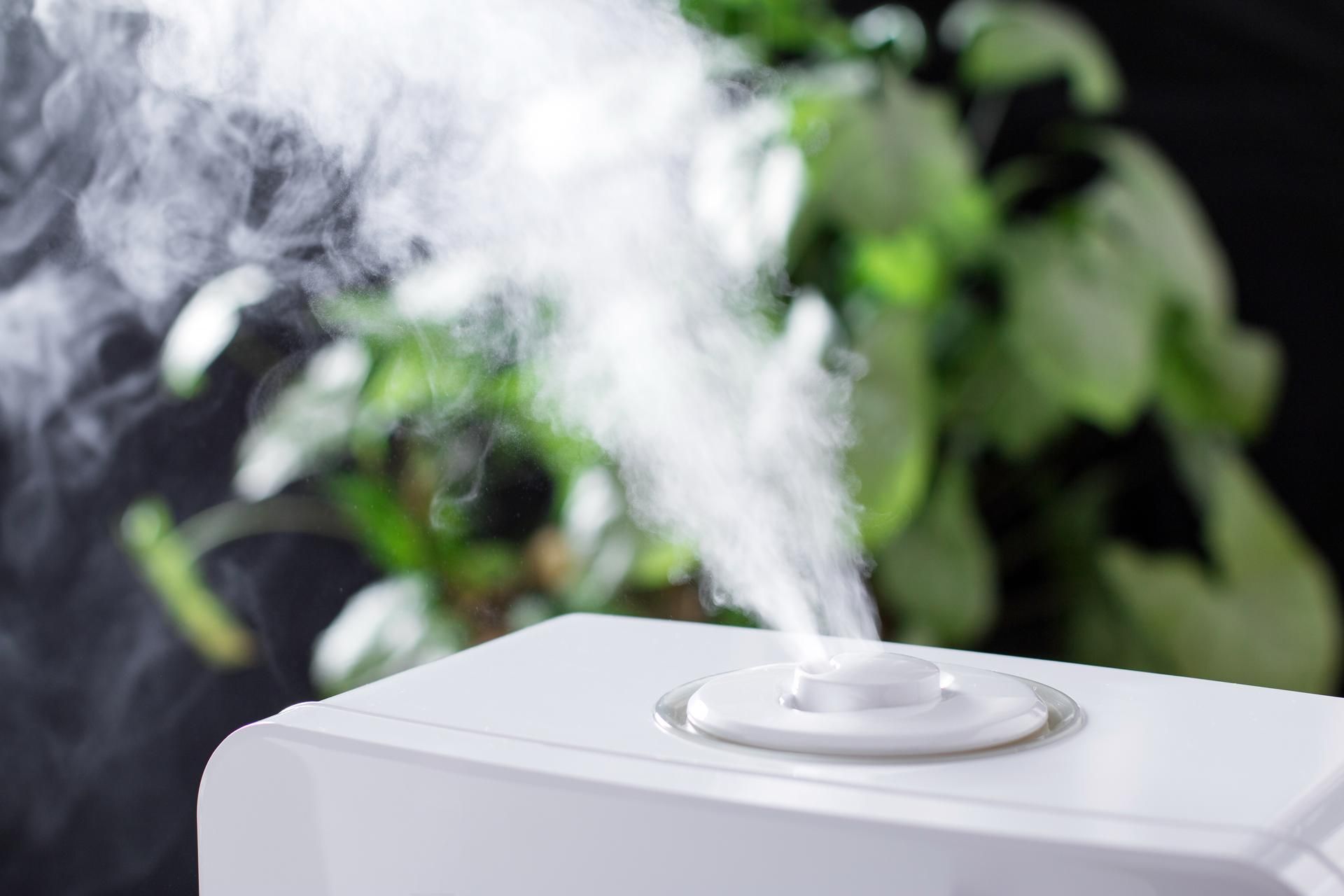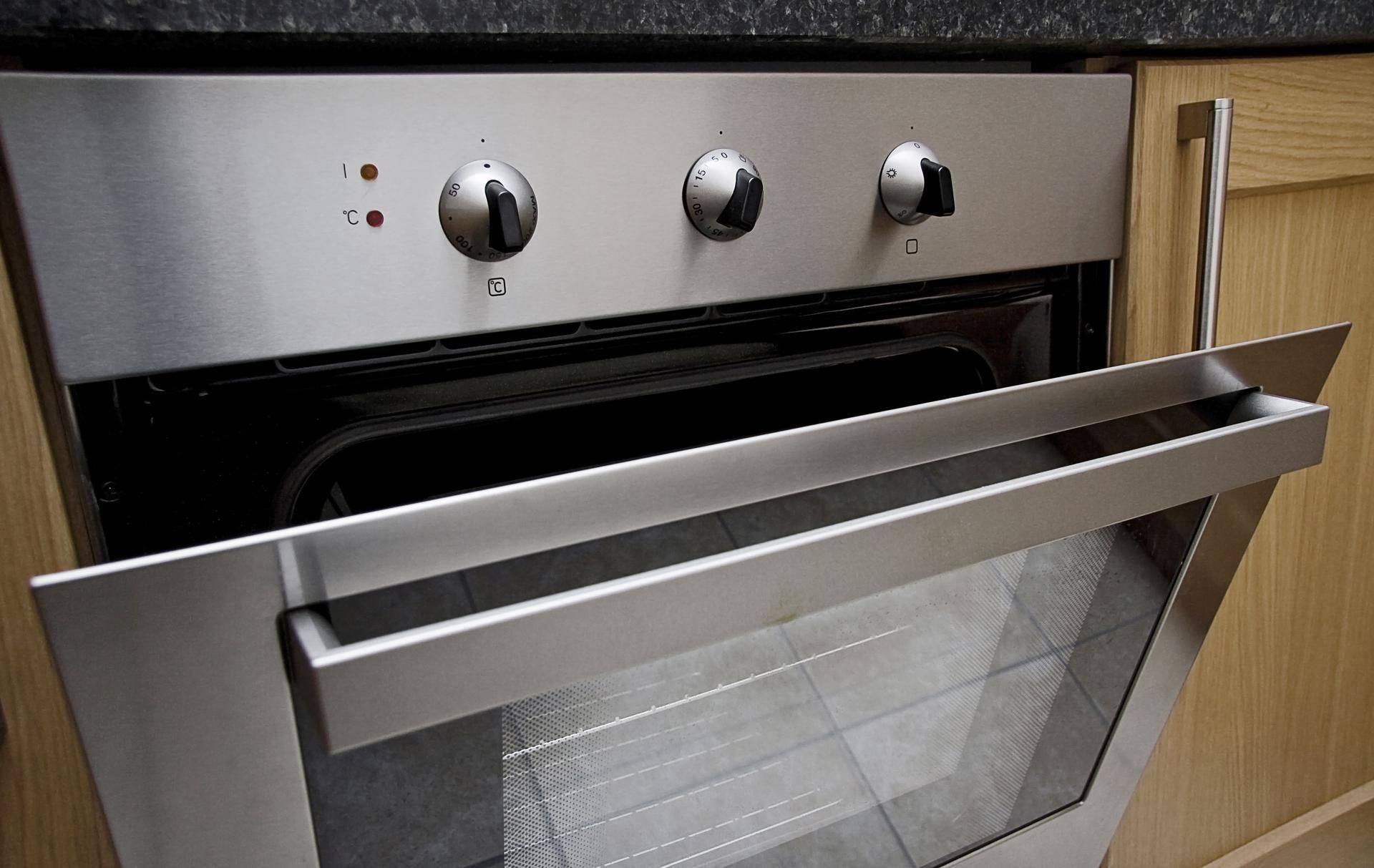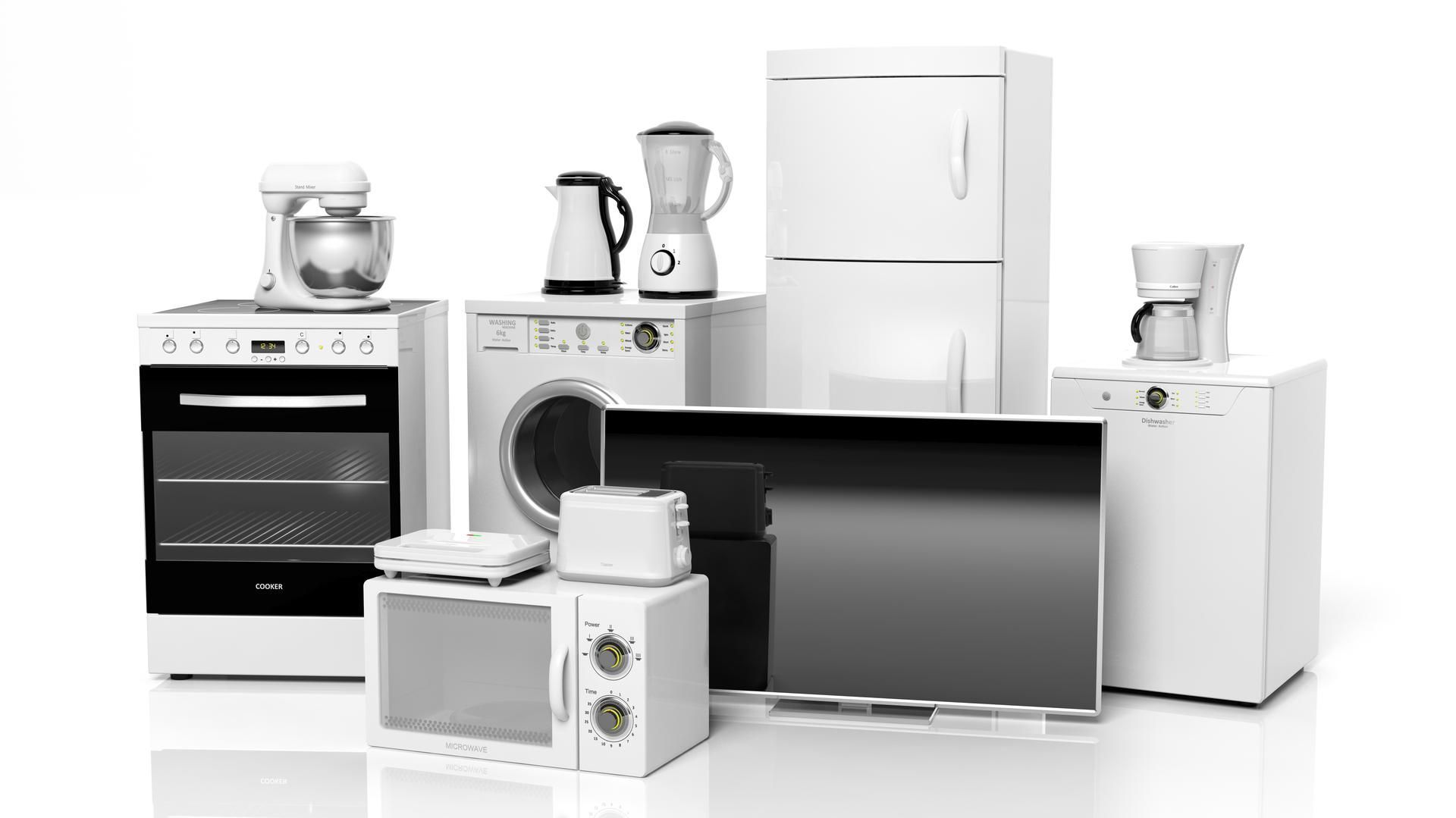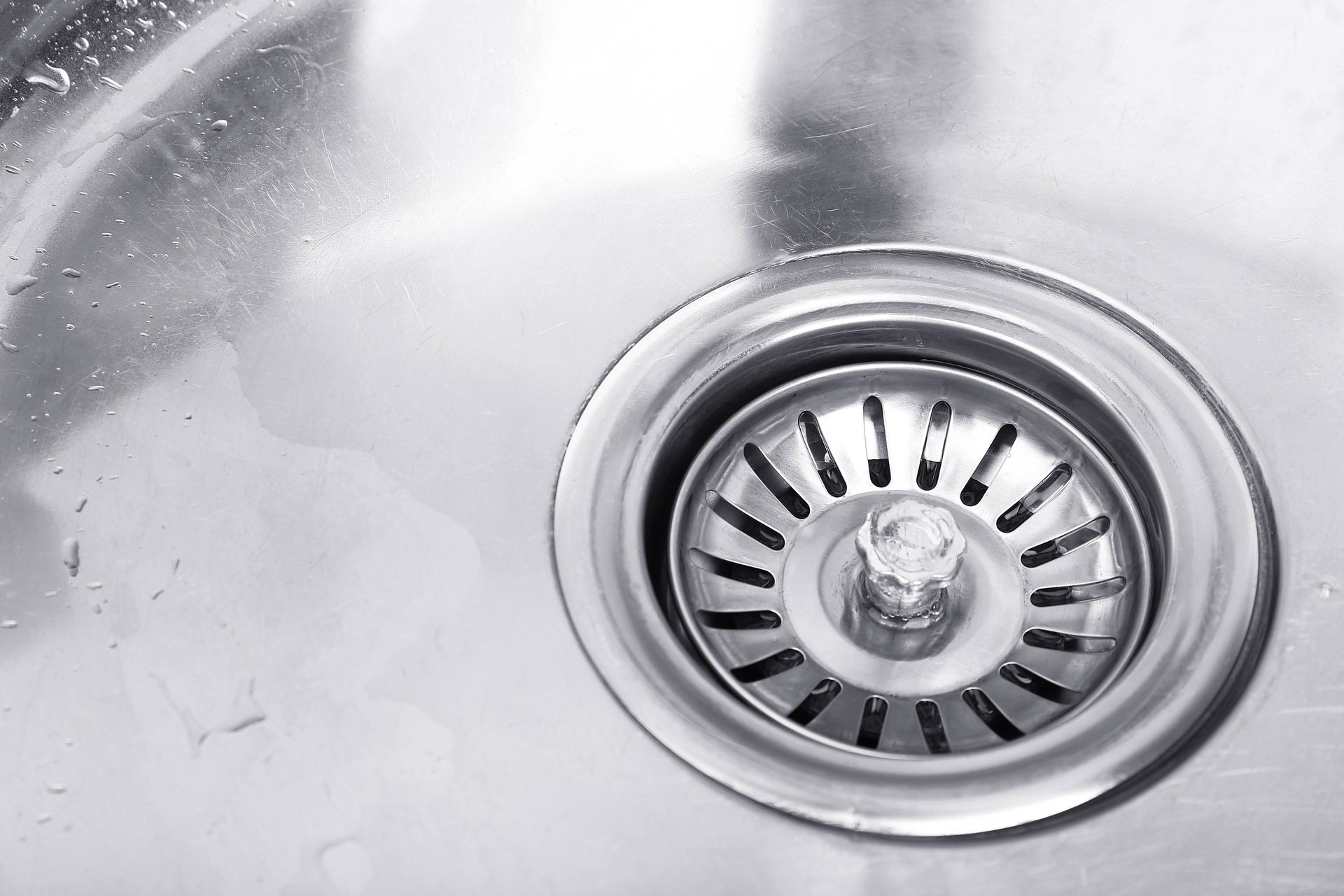Tips and Tricks to Avoid Microwave Hotspots
If you are constantly finding half of your food burnt while the other half is still cold after coming out of the microwave, your appliance may have hotspots. Microwave hotspots are common and hard to prevent. Lucky for consumers, maintaining your microwave and periodically checking for areas of hot temperatures can help you more efficiently cook your meals. Keep reading to learn more about avoiding hotspots in your microwave.
Microwaving 101: Switch it Up
Most new microwave models have a rotating table to help prevent temperature buildup and uneven cooking. Varying the location of your food or dish when microwaving allows for energy waves to penetrate different areas of the appliance. If you were to put your food in the same spot every time, the food would absorb the majority of the energy (to heat) in that one area, causing an imbalance and hot spots to develop around the overused area.
Determine Hotspots: The Water Method
You can easily determine hotspot locations in the microwave using small bowls of water. After removing the rotating table, place 4-5 small bowls of water with equal amounts (usually 0.5-1 cup) and microwave for 2-3 minutes. Every 30 seconds check to see which bowls of water are boiling—the bowls to boil first will indicate potential hot spots. Make a note of the hotspot locations when using the microwave to avoid uneven cooking.
Determine Hotspots: The Marshmallow Method
A tastier method for finding hotspots in your microwave is using a plate of marshmallows. Form a single layer of mini-marshmallows on a large plate. Remove the rotating table from the microwave. Lay down paper towels to line the bottom, and place the plate of marshmallows inside. Microwave for one minute and take note which marshmallows brown first. If no marshmallows brown, keep microwaving for 30 seconds at a time and noting carefully. The marshmallows that turn brown first indicate the hottest areas of the microwave.
Avoiding Hotspots
Unfortunately, microwaves develop hotspots over time, and they’re difficult to prevent. Your best bet to ensure fully cooked food is to test for hotspots at least every six months. If you do find your microwave has specific areas that produce hotter temperatures, you may want to avoid placing food in those areas to cook. Otherwise, they may burn or overheat at a faster rate.
Avoiding microwave hotspots is easy once you know where they exist. Determining the hotspot areas is inexpensive and takes minimal time. At Doc’s Appliances , our professionals are on hand to help you determine if a microwave is malfunctioning and needs repair. Give us a call today at 800-726-7130.
The post Tips and Tricks to Avoid Microwave Hotspots appeared first on Docs Appliance Service.

